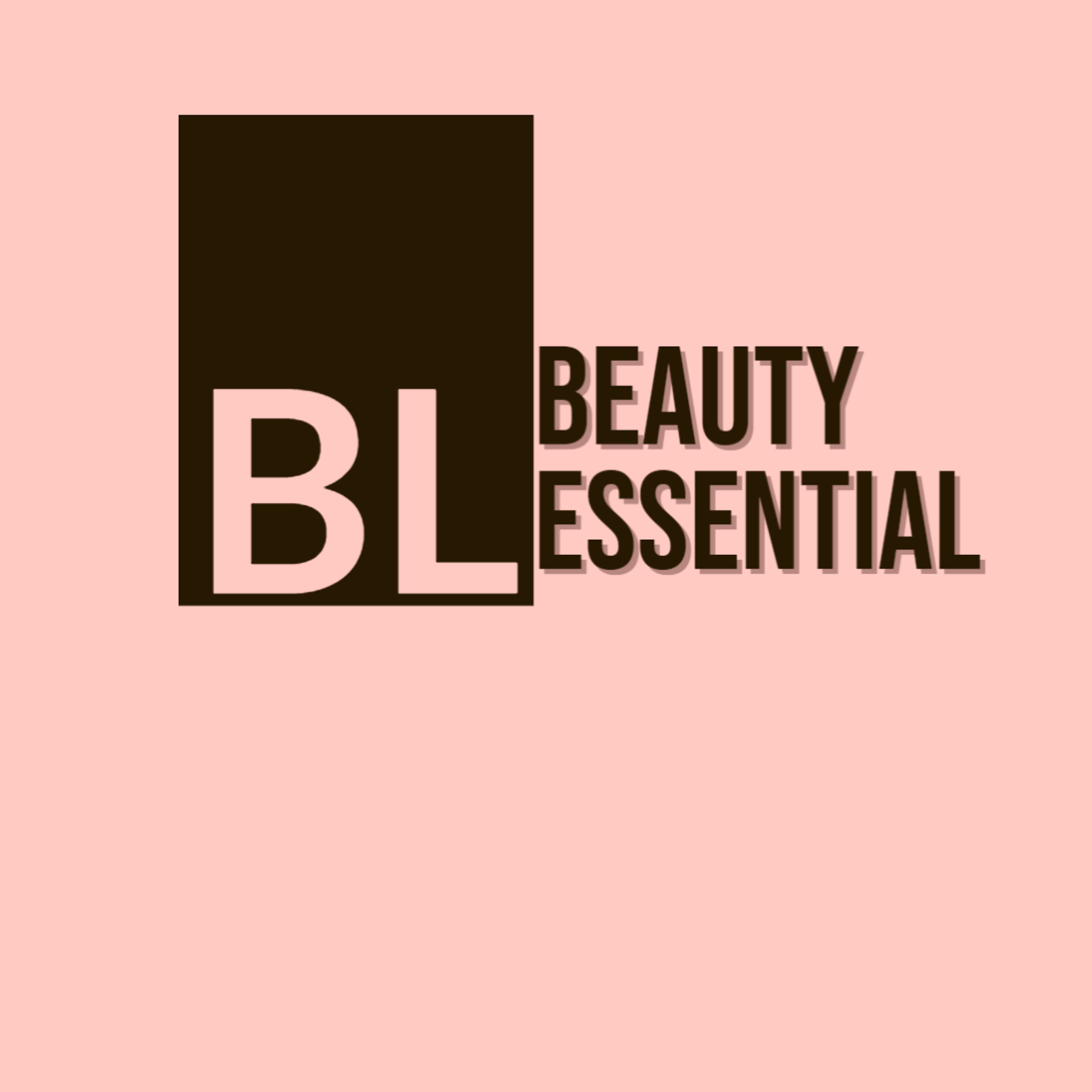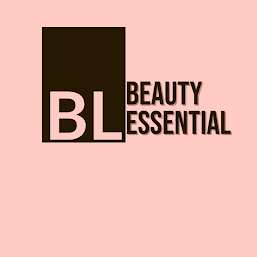Banishing Wrinkles: Understanding the Causes and Effective Treatment Options
Introduction
Wrinkles are a natural part of the aging process, and while they may signify wisdom and experience, many people strive to maintain a youthful appearance. Wrinkles can affect our confidence and self-esteem, prompting us to explore various treatment options to reduce their appearance. In this blog post, we will delve into the causes of wrinkles and discuss effective treatment methods available today.
I. The Causes of Wrinkles:
1. Age and Intrinsic Factors
- As we age, our skin gradually loses elasticity and becomes thinner, leading to the formation of wrinkles.
- Intrinsic factors, such as genetics and hormonal changes, play a role in determining the onset and severity of wrinkles.
2. Sun Exposure and Photoaging
- Excessive exposure to the sun's harmful ultraviolet (UV) rays accelerates the aging process, causing premature wrinkling.
- Photoaging damages the collagen and elastin fibers in the skin, leading to the formation of fine lines and wrinkles.
3. Lifestyle and Environmental Factors
- Unhealthy habits like smoking, poor nutrition, and lack of sleep contribute to the development of wrinkles.
- Environmental factors such as pollution and repetitive facial expressions can also contribute to wrinkle formation.
II. Prevention and Lifestyle Changes
1. Sun Protection
- Regularly applying broad-spectrum sunscreen with a high sun protection factor (SPF) helps shield the skin from harmful UV rays. some of the best sunscreen are
- Wearing protective clothing, hats, and sunglasses can further reduce sun exposure and minimize wrinkle formation.
2. Healthy Lifestyle Habits
- A balanced diet rich in antioxidants, vitamins, and minerals promotes skin health and helps combat wrinkles.
- Staying hydrated, avoiding smoking, reducing alcohol consumption, and getting adequate sleep can also prevent premature aging.
3. Facial Exercises and Skincare Routine
- Performing facial exercises and incorporating a consistent skincare routine can help improve blood circulation, tone facial muscles, and enhance skin elasticity.
- Using moisturizers, serums, and creams containing anti-aging ingredients like retinol, hyaluronic acid, and vitamin C can hydrate the skin and reduce the appearance of wrinkles.
III. Non-Invasive Treatments
1. Topical Treatments
- Retinoids:
- Peptides:
- Antioxidants:
2. Botulinum Toxin (Botox)
Botulinum toxin, commonly known by the brand name Botox, is a neurotoxic protein produced by the bacterium Clostridium botulinum. It is used in medical and cosmetic procedures to temporarily reduce muscle activity and treat various conditions.
In cosmetic applications, Botox is primarily used to reduce the appearance of wrinkles and fine lines caused by repetitive muscle contractions. It works by blocking the release of acetylcholine, a neurotransmitter responsible for muscle contraction. By temporarily paralyzing or weakening the targeted muscles, Botox can smooth out wrinkles and give the face a more relaxed and youthful appearance.
Botox injections are commonly performed in areas such as the forehead, between the eyebrows (glabellar lines), and around the eyes (crow's feet). The procedure involves a healthcare professional injecting small amounts of the diluted toxin directly into the muscles using a fine needle. The effects of Botox typically become noticeable within a few days, and the results can last for several months before gradually wearing off.
Aside from its cosmetic use, Botox is also employed in various medical applications. It is used to treat conditions such as:
1. Muscle Spasms: Botox can help reduce muscle spasms and involuntary contractions in conditions like cervical dystonia (neck muscle spasms) or blepharospasm (eyelid twitching).
2. Chronic Migraine: Botox injections can be an effective treatment for chronic migraines, reducing their frequency and severity.
3. Hyperhidrosis: Botox can be used to control excessive sweating (hyperhidrosis) by blocking the signals that stimulate sweat glands.
4. Strabismus and Misaligned Eyes: Botox can help treat strabismus (crossed eyes) and other eye muscle disorders by selectively weakening specific eye muscles to achieve proper alignment.
It's crucial to have Botox injections administered by a qualified healthcare professional experienced in its use. While Botox is considered safe when used appropriately, there can be potential side effects or complications if not administered correctly. Therefore, consultation with a medical professional is recommended to determine if Botox is suitable for an individual and to discuss any potential risks or concerns.
3. Dermal Fillers
Dermal fillers are a type of cosmetic injectable used to restore volume and fullness to the face, diminish the appearance of wrinkles and lines, and enhance facial contours. They are typically made of various substances that can include hyaluronic acid (HA), calcium hydroxylapatite, poly-L-lactic acid, or polymethylmethacrylate microspheres.
Hyaluronic acid fillers are the most commonly used type of dermal filler. Hyaluronic acid is a naturally occurring substance in the body that helps to maintain hydration and volume in the skin. When injected, it adds volume, smooths out wrinkles and folds, and can enhance facial features.
The procedure involves a healthcare professional injecting the dermal filler directly into specific areas of the face, such as the cheeks, lips, nasolabial folds (lines from the nose to the mouth), marionette lines (lines from the corners of the mouth downward), or under-eye hollows. The choice of filler and injection technique depends on the desired outcome and the individual's facial anatomy.
Dermal fillers are temporary and eventually get absorbed by the body over time. The duration of the results varies depending on the type of filler used, the treated area, and individual factors. Generally, the effects of hyaluronic acid fillers last from several months to a year, while other fillers can last longer.
Dermal fillers are commonly used for:
1. Softening wrinkles and lines: They can be used to fill in and smooth out static wrinkles, such as nasolabial folds or marionette lines.
2. Enhancing facial features: Dermal fillers can add volume and contour to areas like the cheeks, chin, or lips, providing a more youthful appearance.
3. Restoring lost volume: As we age, our face naturally loses volume, resulting in a hollowed or sunken appearance. Fillers can restore volume and plumpness to these areas.
4. Correcting acne scars or other facial depressions: Certain types of dermal fillers can help improve the appearance of acne scars or other facial depressions by filling in the indentation and creating a smoother surface.
It's important to have dermal fillers administered by a trained and qualified healthcare professional who understands facial anatomy and injection techniques to ensure safety and optimal results.
IV. Invasive Procedures:
1. Chemical Peels:
Chemical peels are cosmetic procedures that involve the application of chemical solutions to the skin, typically on the face, neck, or hands. These solutions contain various types of acids, such as alpha-hydroxy acids (AHAs), beta-hydroxy acids (BHAs), trichloroacetic acid (TCA), or phenol.
The purpose of a chemical peel is to exfoliate and remove the outermost layers of the skin, promoting cell turnover and revealing newer, smoother, and more youthful-looking skin underneath. The depth of the peel and the extent of skin exfoliation depend on the type and concentration of the chemical solution used.
Chemical peels can be categorized into three main types:
1. Superficial Peels: These peels involve the application of mild acids, such as AHAs (e.g., glycolic acid or lactic acid), to gently exfoliate the outer layer of the skin. Superficial peels are used to improve skin texture, reduce fine lines and wrinkles, and enhance the skin's overall appearance. They usually have minimal downtime and are suitable for most skin types.
2. Medium Peels: Medium peels typically use stronger acids, such as TCA or a combination of acids, to penetrate deeper into the skin. They are effective for treating sun damage, pigmentation irregularities, acne scars, and moderate wrinkles. Medium peels may require some downtime for the skin to heal and recover.
3. Deep Peels: Deep peels are the most aggressive and invasive type of chemical peel. They utilize phenol, a potent acid, to deeply penetrate the skin and treat severe skin imperfections like deep wrinkles, significant sun damage, and certain types of scars. Deep peels have a longer recovery period, and they are often performed under sedation or anesthesia due to the discomfort they can cause.
It is important to note that chemical peels should be performed by qualified professionals, such as dermatologists or aestheticians, as they require expertise to determine the appropriate type and concentration of the chemical solution based on individual skin characteristics and desired outcomes. Pre- and post-treatment care instructions should be followed to ensure optimal results and minimize the risk of complications.
2. Laser Resurfacing:
Laser resurfacing, also known as laser skin rejuvenation or laser skin resurfacing, is a cosmetic procedure that uses focused beams of light energy to improve the appearance of the skin. It is a popular treatment for addressing various skin concerns, such as wrinkles, scars, age spots, and uneven skin tone or texture.
During laser resurfacing, a dermatologist or a trained skincare professional uses a laser device to deliver precise, concentrated light energy to the targeted areas of the skin. The laser energy heats the skin, vaporizes the outermost layers, and stimulates the production of new collagen fibers, which helps rejuvenate the skin and promote a smoother, more youthful complexion.
There are two main types of laser resurfacing:
1. Ablative Laser Resurfacing: This type of laser treatment removes thin layers of the skin's surface. It uses high-energy laser beams to precisely vaporize the damaged skin cells. Ablative laser resurfacing is effective for treating deep wrinkles, scars, and other significant skin imperfections. However, it typically requires a longer recovery time compared to non-ablative laser resurfacing.
2. Non-Ablative Laser Resurfacing: Non-ablative laser resurfacing targets the underlying layers of the skin without removing the outer skin layer. It delivers laser energy in a way that heats the deeper layers of the skin while leaving the surface intact. Non-ablative laser resurfacing is generally less invasive, with a shorter recovery period. It can improve mild to moderate wrinkles, sun damage, and skin texture irregularities.
Laser resurfacing can address a range of skin concerns, including:
1. Wrinkles and fine lines: Laser treatment can stimulate collagen production, which helps diminish the appearance of wrinkles and fine lines.
2. Scars: Whether caused by acne, surgery, or injury, laser resurfacing can help reduce the appearance of scars by promoting new collagen formation and remodeling the skin.
3. Age spots and sun damage: The laser energy targets and breaks down pigmented cells responsible for sunspots, age spots, and hyperpigmentation, resulting in a more even skin tone.
4. Uneven skin texture: Laser resurfacing can improve skin texture by smoothing out rough or bumpy areas and promoting the growth of new, healthier skin cells.
5. Skin tightening: The heat from the laser stimulates collagen contraction, leading to firmer, tighter skin.
The number of laser resurfacing sessions required and the recovery time vary depending on the specific treatment, the condition being addressed, and individual factors. It's important to consult with a qualified professional to determine the most suitable laser resurfacing approach for your skin concerns and to receive proper post-treatment care instructions.
3. Micro-needling
Conclusion
Wrinkles are a natural part of the aging process, but with a better understanding of their causes and effective treatment options, we can reduce their appearance and maintain a more youthful look. Embracing preventive measures, adopting a healthy lifestyle, and exploring non-invasive and invasive treatments can all contribute to a smoother, more rejuvenated complexion. Remember, while wrinkles may be a sign of a life well-lived, taking care of your skin can help you age gracefully and confidently.






0 Comments